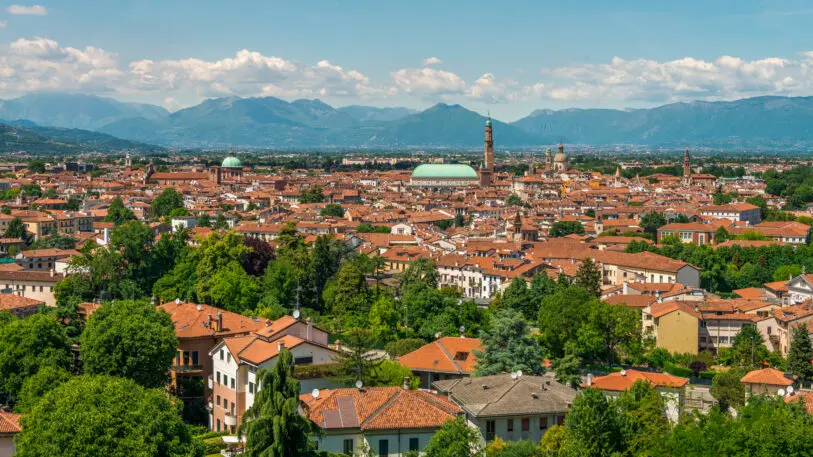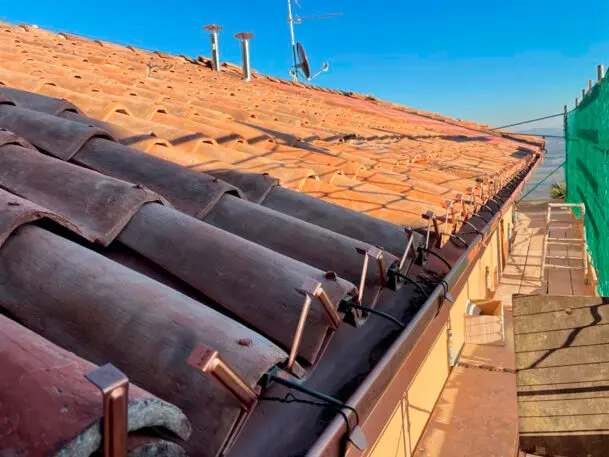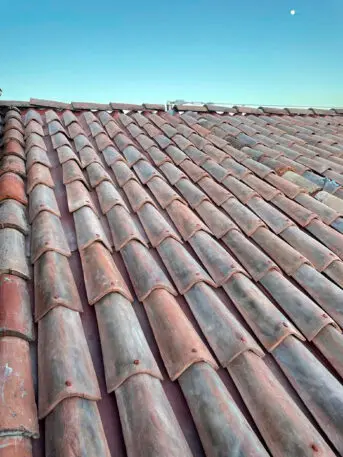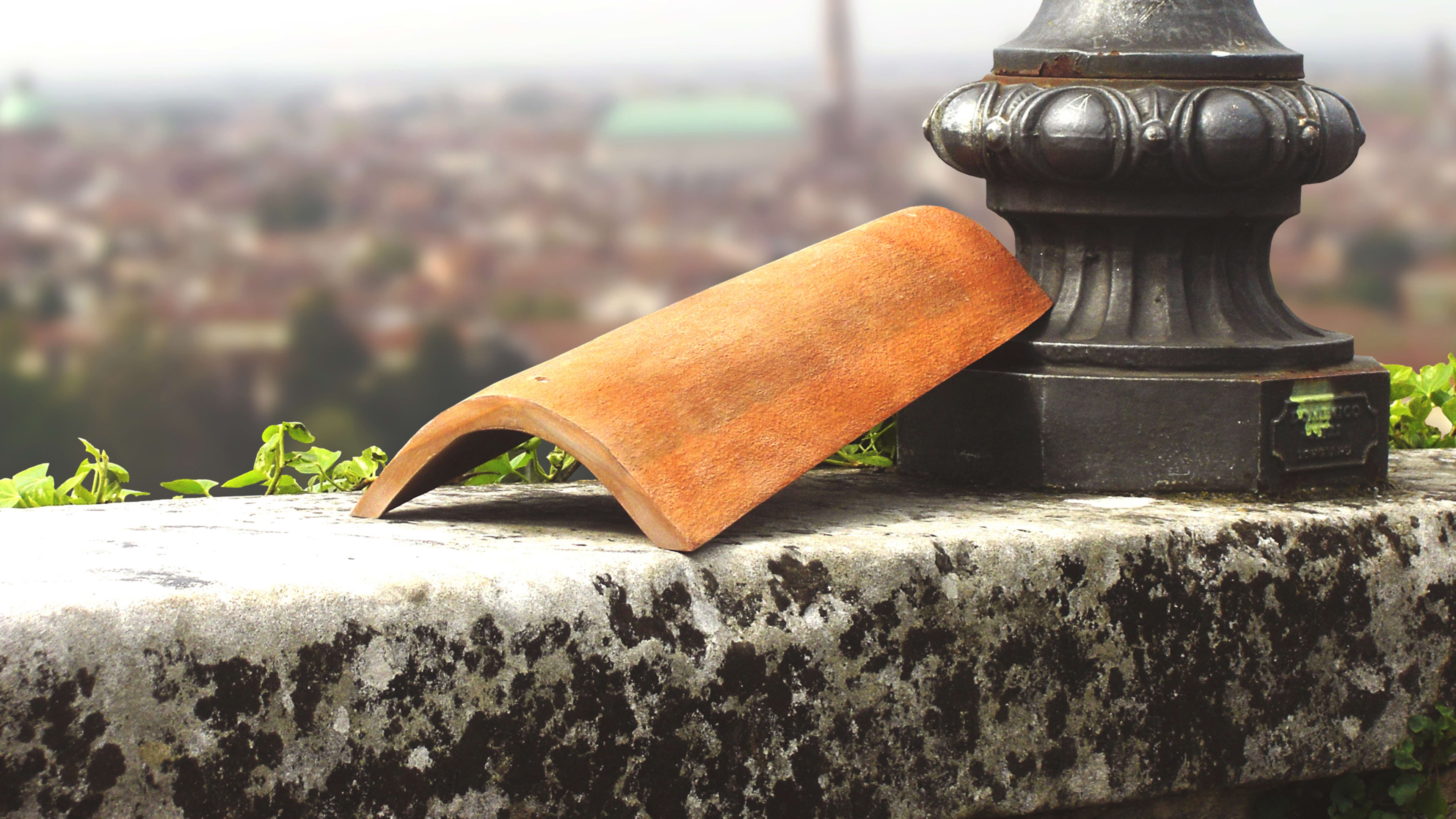In a small workshop near Vicenza, Italy, artisans make traditional-looking roofing tiles with a hidden difference: Each module contains solar photovoltaic cells.
The family-owned company that makes the tiles, Dyaqua, started developing its “Invisible Solar” products more than a decade ago. Solar panels “were spreading much faster than before, and our first thought was about heritage cities like Vicenza,” says company spokesperson Elisa Quagliato. The city, a World Heritage Site, is covered in a sea of red terra-cotta roofs.

The tiles are designed to look so similar to traditional terra-cotta that the difference isn’t apparent, even if you hold one in your hands, Quagliato says.
The modules use a polymer compound that lets sunlight flow inside; the production process involves placing a layer of photovoltaic cells in the middle by hand. The tiles can then be installed like standard clay tiles, though they connect to each other and don’t need a structure for mounting.
“The installation process is easy and can be done by any installer because it doesn’t require particular skills,” Quagliato says.

Dyaqua founder Giovanni Battista Quagliato created the first prototypes of the tiles in 2010, but his company struggled to find financial backing for large-scale production.
“It came the point in which we had to decide whether to abandon the Invisible Solar project or proceed by ourselves but with a small artisan production,” Elisa Quagliato says. Making the tiles by hand has an advantage—each tile is unique, which better replicates the look of a clay roof. After an experimental run, production officially began at the end of 2019 and has grown since then.

The tiles have been installed at Pompeii (where the director of the archaeological park says they look “exactly like the terra-cotta tiles used by the Romans”) and in the small Italian town of Vicoforte. A larger installation will soon begin in Evora, Portugal, as part of an EU-funded project that aims to help historic cities “become greener, smarter, and more livable while respecting their cultural heritage.”

The design is less efficient than traditional solar; Quagliato says that an area slightly smaller than 100 square feet can generate 1 kilowatt-hour of electricity. But the same approach can be used to hide solar in other materials that look like stone, concrete, or wood, and incorporated into walls or patios, not just roofs. And it’s a way to potentially add solar where it wouldn’t otherwise be used.
Recognize your brand’s excellence by applying to this year’s Brands That Matter Awards before the early-rate deadline, May 3.
